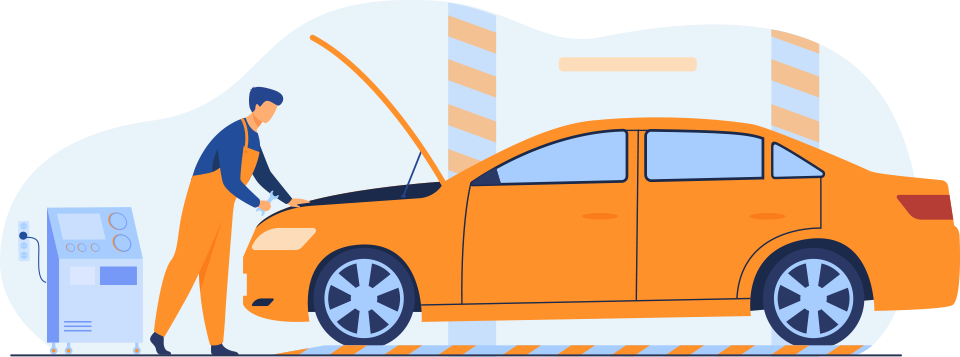Signs and Timing: to Check Your Wheel Alignment
Wheel alignment plays a crucial role in maintaining your vehicle’s performance, safety, and longevity. Properly aligned wheels ensure that your car travels straight, handles well, and experiences even tire wear. To prevent potential issues and keep your vehicle running smoothly, it’s essential to know when to check your wheel alignment.
- After Hitting a Pothole or Curb: One of the most common reasons for misaligned wheels is hitting a pothole or curb. Even seemingly minor impacts can throw your wheels out of alignment. If you’ve recently encountered rough road conditions, it’s advisable to check your wheel alignment promptly. Symptoms of misalignment include a drifting steering wheel or vibrations.
- Uneven Tire Wear: Regularly inspecting your tires for uneven wear patterns can be a reliable indicator of wheel misalignment. If you notice one tire wearing out faster than the others, it’s a red flag. Addressing misalignment promptly can prevent further damage to your tires and improve overall vehicle performance.
- Steering Wheel Off-Center: A telltale sign of wheel misalignment is an off-center steering wheel when driving straight. If you notice that you need to hold the steering wheel at an angle to keep the car moving straight, it’s time to have your wheel alignment checked. Ignoring this issue can lead to increased tire wear and decreased fuel efficiency.
- After Replacing Suspension or Steering Components: Whenever you replace suspension or steering components, it’s advisable to check the wheel alignment. Installing new parts can alter the wheel angles, affecting alignment. This step ensures that your vehicle maintains optimal performance and handling after any major repairs or upgrades.
- Routine Maintenance Schedule: Including wheel alignment checks in your routine maintenance schedule is a proactive approach to prevent problems before they escalate. Many experts recommend checking wheel alignment every 6,000 to 10,000 miles, or at least once a year. This helps catch any misalignment issues early on and keeps your vehicle in top condition.
- After Accidents or Collisions: Collisions, even minor ones, can impact your vehicle’s alignment. If you’ve been involved in an accident, regardless of the severity, it’s crucial to have your wheel alignment inspected. Delaying this check can result in handling problems, uneven tire wear, and compromised safety.
- Handling Issues: If you experience changes in your vehicle’s handling, such as pulling to one side or a general lack of stability, it may indicate wheel misalignment. Promptly addressing these issues enhances driving comfort and ensures your vehicle responds predictably on the road.
Conclusion: Regularly checking your wheel alignment is a proactive measure to maintain your vehicle’s performance, safety, and efficiency. Whether prompted by visible signs or included in your routine maintenance schedule, addressing misalignment promptly can save you money on tire replacements, improve fuel efficiency, and enhance overall driving experience. Paying attention to the subtle cues and knowing when to check your wheel alignment ensures a smoother and safer ride for you and your vehicle.







